30 years after Seongsu Bridge collapse, blind spots remain
입력 2024.10.21 (23:55)
읽어주기 기능은 크롬기반의
브라우저에서만 사용하실 수 있습니다.
[Anchor]
It has been 30 years since the collapse of the Seongsu Bridge, and overall safety management of bridges has been strengthened.
In the case of Han River bridges, periodic inspections and online monitoring systems have been established to prevent accidents.
However, there are still many aging bridges nationwide, and concerns about blind spots remain.
Shin Bang-sil reports.
[Report]
The Seongsu Bridge collapse led to the enactment of a special law.
Periodic safety assessments and inspections of bridges have become mandatory.
Currently, Han River bridges undergo regular inspections twice a year and more than five spot checks annually.
Safety devices have also been reinforced.
An online monitoring system that observes temperature, wind speed, and the bridge's deflection or vibration in real-time has been established for 15 Han River bridges along with CCTV.
[Yoo Hyun-sun/Head of the Special Bridge Team, Seoul Disaster Safety Office: "When risky data comes in, it goes to the central server. If there is a risk of collapse, we have a system in place to control traffic and inform citizens..."]
Preventive barriers against bridge collapse in the worst-case scenario have also been installed.
These barriers prevent immediate falling even if the bridge breaks.
While safety management of bridges has generally improved following the Seongsu Bridge collapse, blind spots still exist.
In April last year, the pedestrian path of the Jeongja Bridge in Bundang collapsed, resulting in two casualties.
Government investigations revealed signs of poor maintenance.
[Jeong Chang-sam/Professor, Department of Smart Construction Disaster Prevention, Induk University/KBS Disaster Broadcasting Expert: "Facilities managed by local governments with insufficient budgets or specialized personnel are more likely to experience accidents. It seems necessary to invest more in budget and personnel to maintain and manage these facilities."]
Experts emphasize that the number of aging bridges nationwide has increased over the past 30 years, highlighting the need for thorough management and inspections.
This is Shin Bang-sil from KBS News.
It has been 30 years since the collapse of the Seongsu Bridge, and overall safety management of bridges has been strengthened.
In the case of Han River bridges, periodic inspections and online monitoring systems have been established to prevent accidents.
However, there are still many aging bridges nationwide, and concerns about blind spots remain.
Shin Bang-sil reports.
[Report]
The Seongsu Bridge collapse led to the enactment of a special law.
Periodic safety assessments and inspections of bridges have become mandatory.
Currently, Han River bridges undergo regular inspections twice a year and more than five spot checks annually.
Safety devices have also been reinforced.
An online monitoring system that observes temperature, wind speed, and the bridge's deflection or vibration in real-time has been established for 15 Han River bridges along with CCTV.
[Yoo Hyun-sun/Head of the Special Bridge Team, Seoul Disaster Safety Office: "When risky data comes in, it goes to the central server. If there is a risk of collapse, we have a system in place to control traffic and inform citizens..."]
Preventive barriers against bridge collapse in the worst-case scenario have also been installed.
These barriers prevent immediate falling even if the bridge breaks.
While safety management of bridges has generally improved following the Seongsu Bridge collapse, blind spots still exist.
In April last year, the pedestrian path of the Jeongja Bridge in Bundang collapsed, resulting in two casualties.
Government investigations revealed signs of poor maintenance.
[Jeong Chang-sam/Professor, Department of Smart Construction Disaster Prevention, Induk University/KBS Disaster Broadcasting Expert: "Facilities managed by local governments with insufficient budgets or specialized personnel are more likely to experience accidents. It seems necessary to invest more in budget and personnel to maintain and manage these facilities."]
Experts emphasize that the number of aging bridges nationwide has increased over the past 30 years, highlighting the need for thorough management and inspections.
This is Shin Bang-sil from KBS News.
■ 제보하기
▷ 카카오톡 : 'KBS제보' 검색, 채널 추가
▷ 전화 : 02-781-1234, 4444
▷ 이메일 : kbs1234@kbs.co.kr
▷ 유튜브, 네이버, 카카오에서도 KBS뉴스를 구독해주세요!
- 30 years after Seongsu Bridge collapse, blind spots remain
-
- 입력 2024-10-21 23:55:33
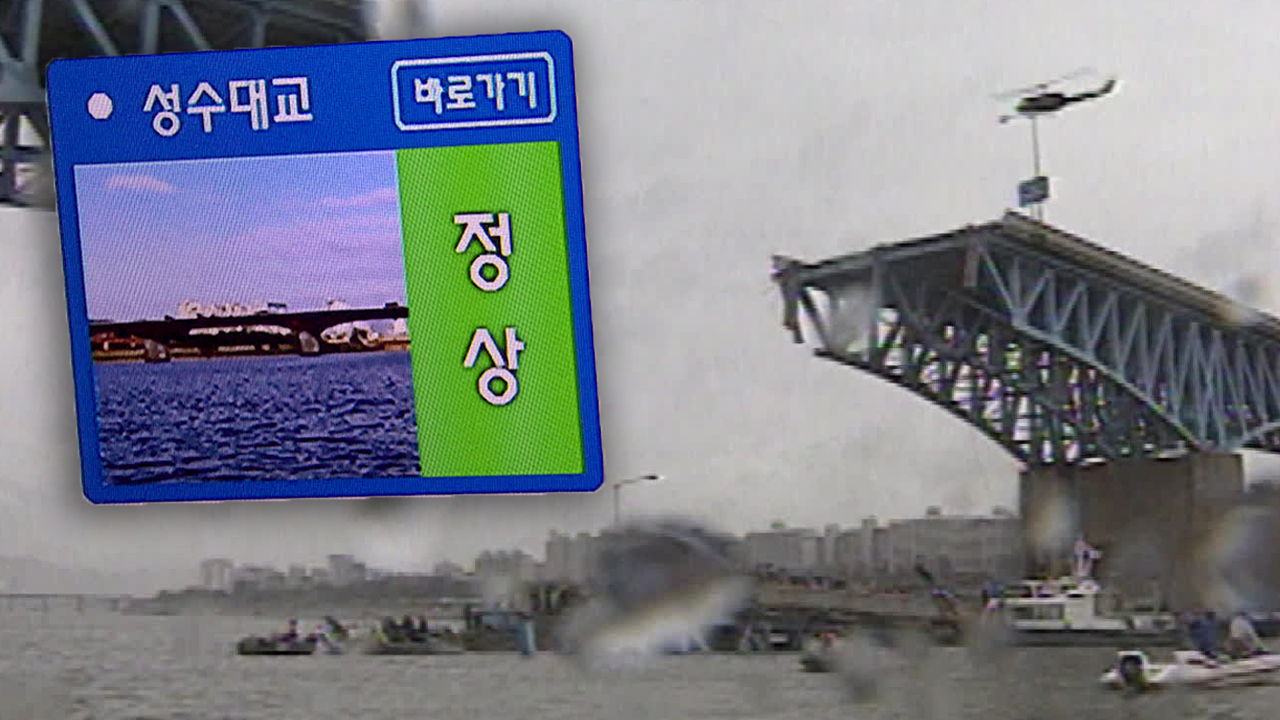
[Anchor]
It has been 30 years since the collapse of the Seongsu Bridge, and overall safety management of bridges has been strengthened.
In the case of Han River bridges, periodic inspections and online monitoring systems have been established to prevent accidents.
However, there are still many aging bridges nationwide, and concerns about blind spots remain.
Shin Bang-sil reports.
[Report]
The Seongsu Bridge collapse led to the enactment of a special law.
Periodic safety assessments and inspections of bridges have become mandatory.
Currently, Han River bridges undergo regular inspections twice a year and more than five spot checks annually.
Safety devices have also been reinforced.
An online monitoring system that observes temperature, wind speed, and the bridge's deflection or vibration in real-time has been established for 15 Han River bridges along with CCTV.
[Yoo Hyun-sun/Head of the Special Bridge Team, Seoul Disaster Safety Office: "When risky data comes in, it goes to the central server. If there is a risk of collapse, we have a system in place to control traffic and inform citizens..."]
Preventive barriers against bridge collapse in the worst-case scenario have also been installed.
These barriers prevent immediate falling even if the bridge breaks.
While safety management of bridges has generally improved following the Seongsu Bridge collapse, blind spots still exist.
In April last year, the pedestrian path of the Jeongja Bridge in Bundang collapsed, resulting in two casualties.
Government investigations revealed signs of poor maintenance.
[Jeong Chang-sam/Professor, Department of Smart Construction Disaster Prevention, Induk University/KBS Disaster Broadcasting Expert: "Facilities managed by local governments with insufficient budgets or specialized personnel are more likely to experience accidents. It seems necessary to invest more in budget and personnel to maintain and manage these facilities."]
Experts emphasize that the number of aging bridges nationwide has increased over the past 30 years, highlighting the need for thorough management and inspections.
This is Shin Bang-sil from KBS News.
It has been 30 years since the collapse of the Seongsu Bridge, and overall safety management of bridges has been strengthened.
In the case of Han River bridges, periodic inspections and online monitoring systems have been established to prevent accidents.
However, there are still many aging bridges nationwide, and concerns about blind spots remain.
Shin Bang-sil reports.
[Report]
The Seongsu Bridge collapse led to the enactment of a special law.
Periodic safety assessments and inspections of bridges have become mandatory.
Currently, Han River bridges undergo regular inspections twice a year and more than five spot checks annually.
Safety devices have also been reinforced.
An online monitoring system that observes temperature, wind speed, and the bridge's deflection or vibration in real-time has been established for 15 Han River bridges along with CCTV.
[Yoo Hyun-sun/Head of the Special Bridge Team, Seoul Disaster Safety Office: "When risky data comes in, it goes to the central server. If there is a risk of collapse, we have a system in place to control traffic and inform citizens..."]
Preventive barriers against bridge collapse in the worst-case scenario have also been installed.
These barriers prevent immediate falling even if the bridge breaks.
While safety management of bridges has generally improved following the Seongsu Bridge collapse, blind spots still exist.
In April last year, the pedestrian path of the Jeongja Bridge in Bundang collapsed, resulting in two casualties.
Government investigations revealed signs of poor maintenance.
[Jeong Chang-sam/Professor, Department of Smart Construction Disaster Prevention, Induk University/KBS Disaster Broadcasting Expert: "Facilities managed by local governments with insufficient budgets or specialized personnel are more likely to experience accidents. It seems necessary to invest more in budget and personnel to maintain and manage these facilities."]
Experts emphasize that the number of aging bridges nationwide has increased over the past 30 years, highlighting the need for thorough management and inspections.
This is Shin Bang-sil from KBS News.
-
-

신방실 기자 weezer@kbs.co.kr
신방실 기자의 기사 모음
-
이 기사가 좋으셨다면
-
좋아요
0
-
응원해요
0
-
후속 원해요
0










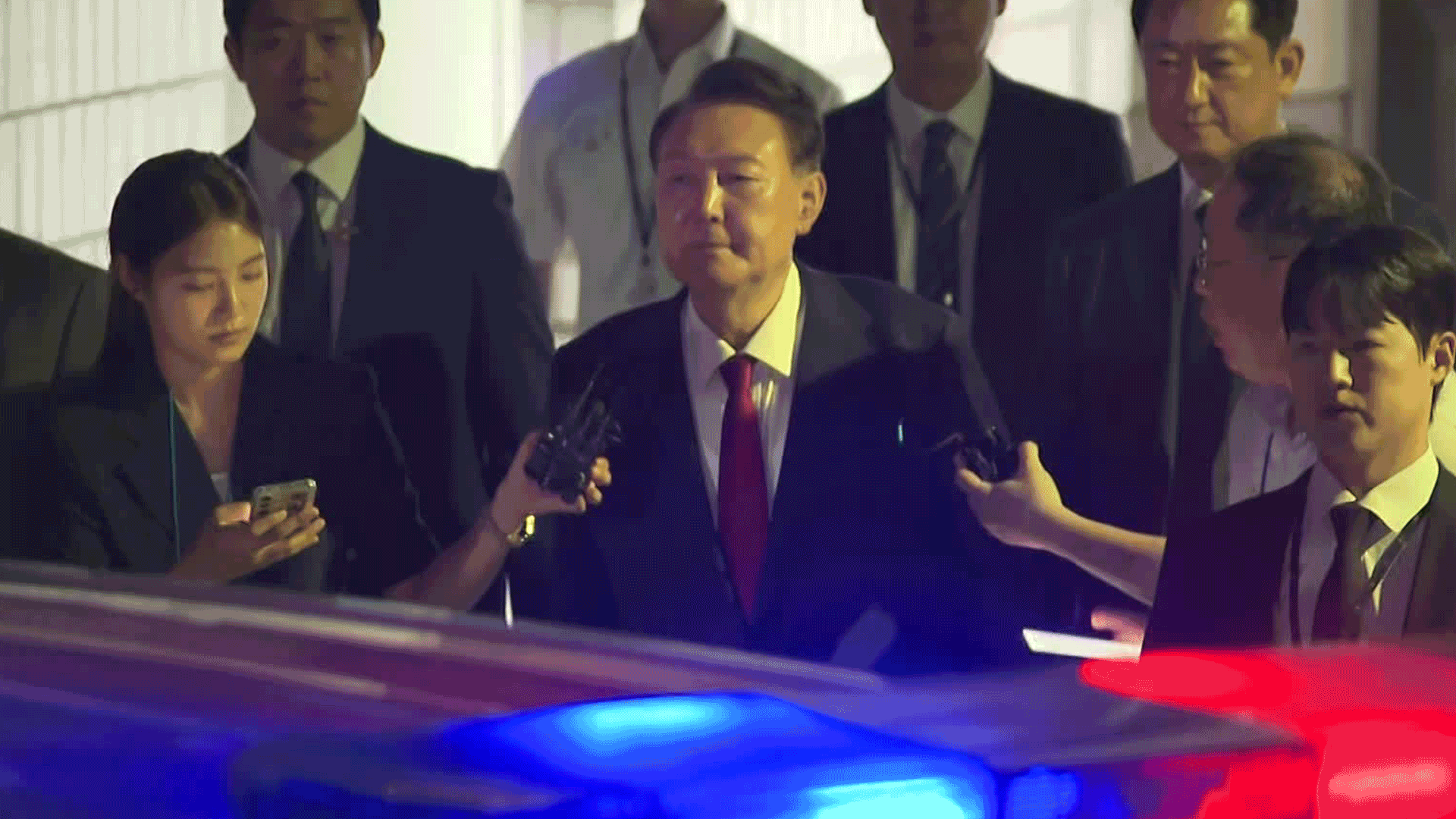
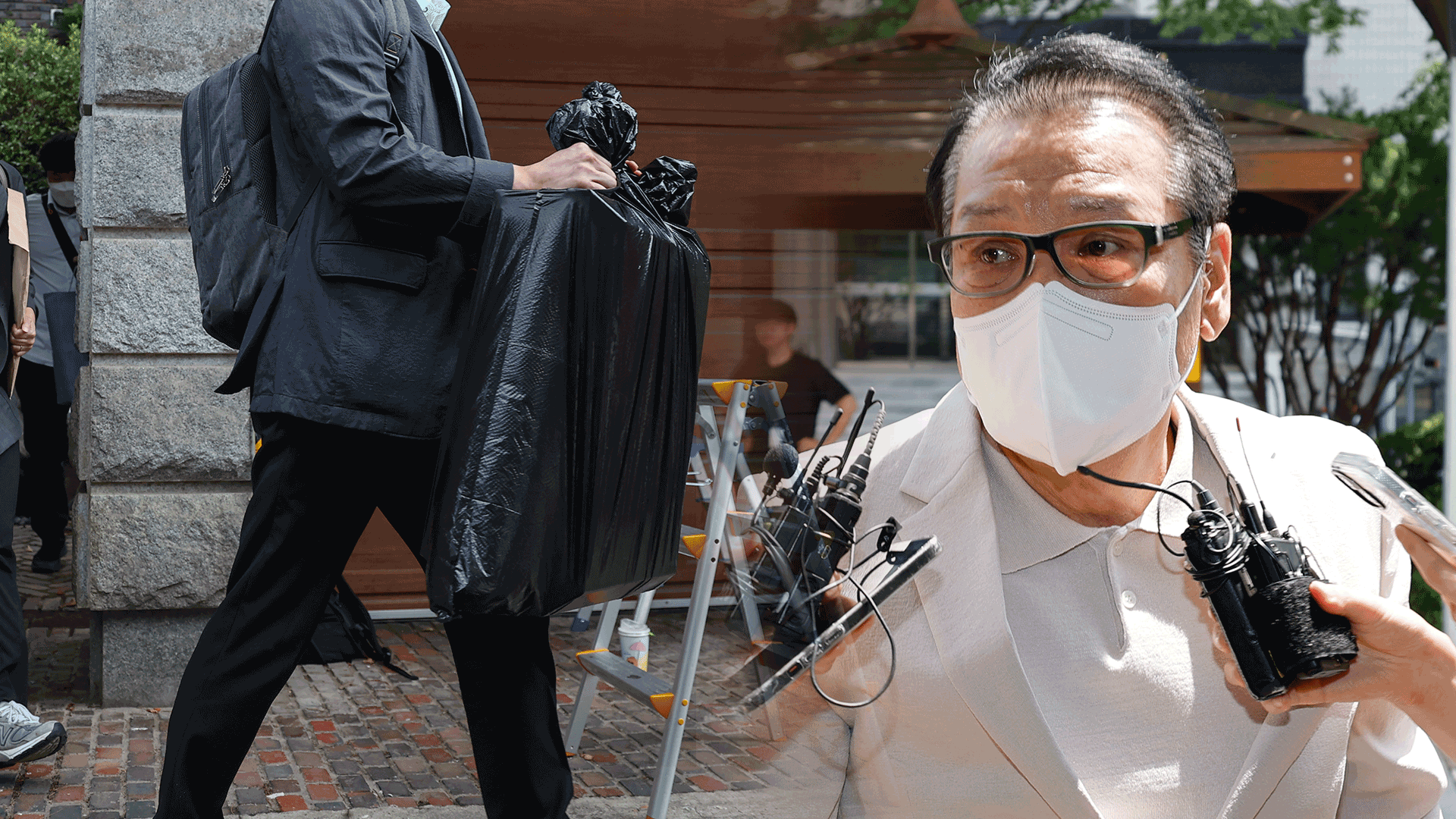
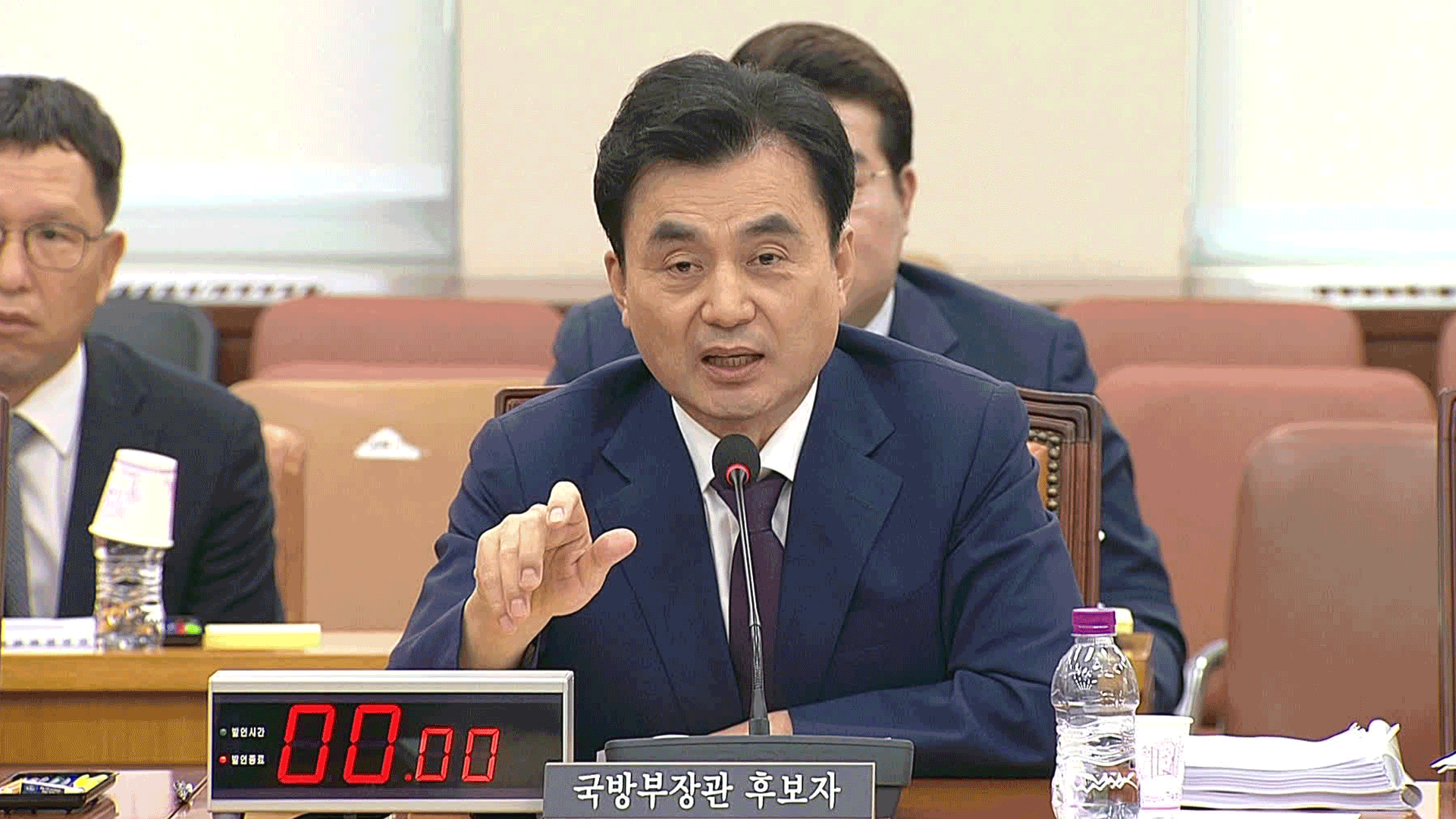
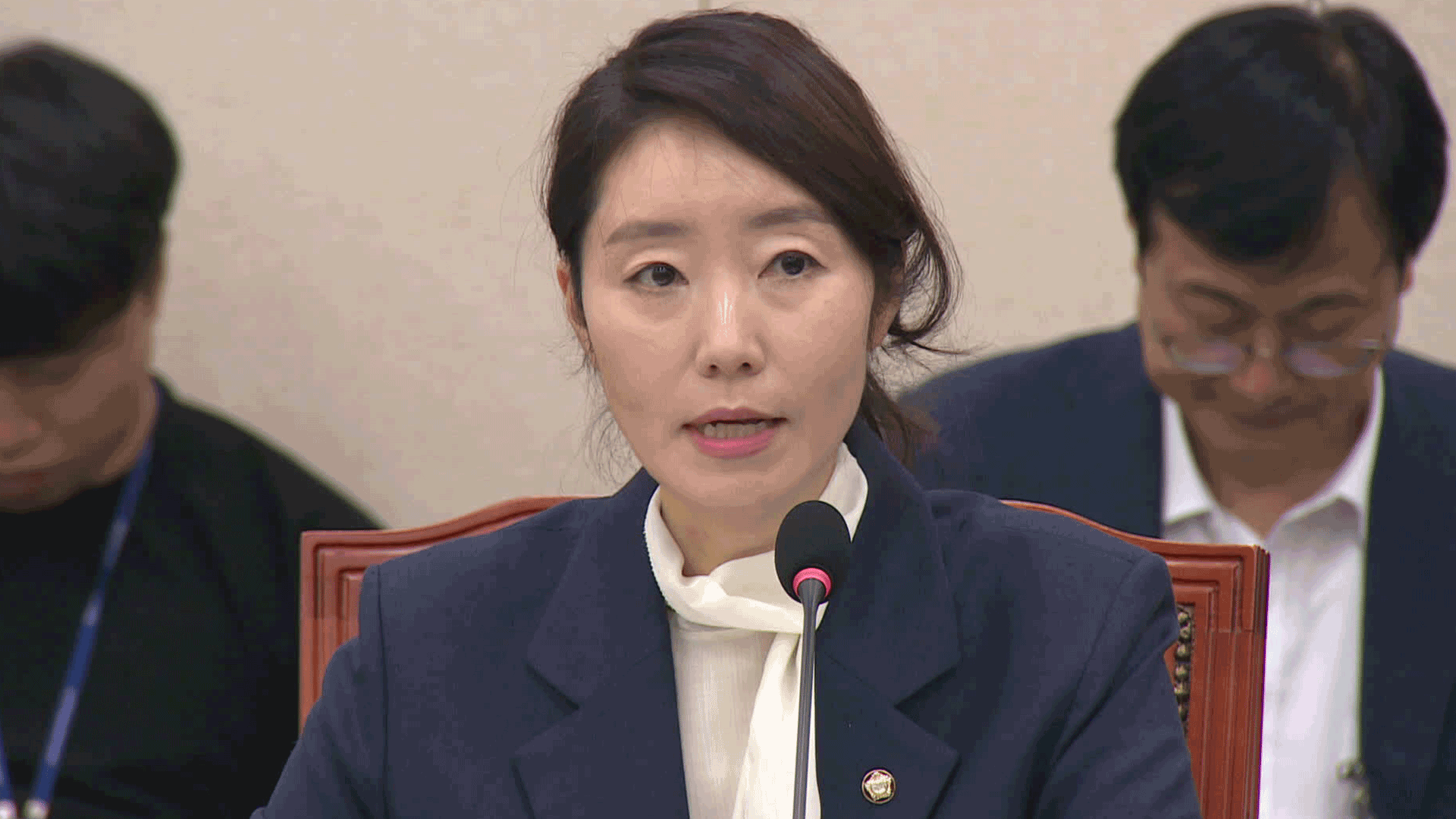

이 기사에 대한 의견을 남겨주세요.